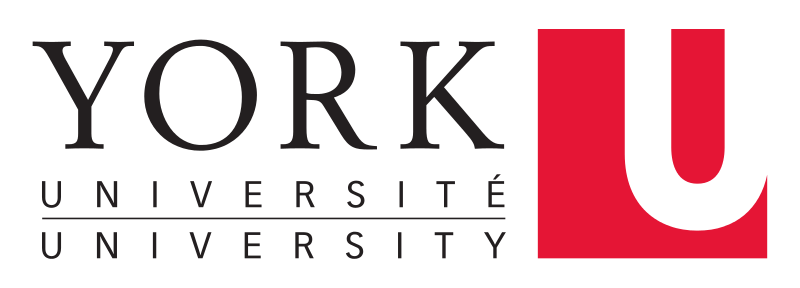Director
Amirali Amirsoleimani, PEng, SMIEEE

Amirali Amirsoleimani is an assistant professor in the Department of Electrical Engineering and Computer Science at the Lassonde School of Engineering. He received his Ph.D. in electrical and computer engineering (ECE) from University of Windsor in December 2017 and completed his postdoctoral research fellowship at the Edward S. Rogers Sr. Electrical and Computer Engineering Department at the University of Toronto in July 2021. His current research interests include application-specific processing units, in-memory computing, neuromorphic hardware design, and RRAM-based accelerators for artificial intelligence. He received IEEE Larry K. Wilson award for IEEE region 7 in 2016. He was also the recipient of a best poster honorable mention award at International Joint Conference on Neural Network (IJCNN) 2017 in Alaska, USA. He is a guest editor in Frontiers in Electronics and Frontiers in Nanotechnology journals and is also serving as a reviewer for several electrical and computer engineering journals including Nature Communications, IEEE Transactions on Circuits and Systems I (TCAS-I), TCAS-II, TNANO, TVLSI, TED, Frontiers in Neuro-Science, Microelectronics journal, Neural Computing and Applications.
Doctoral Students
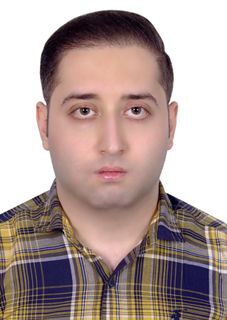 Alireza Ahrar, Mixed-signal Design Alireza Ahrar is currently a Ph.D. student in Electrical Engineering and Computer Science at Lassonde School of Engineering of York University, Toronto, Canada. He received his master’s degree in Electronic Integrated Circuits in November of 2021 at the Electrical Engineering Department of Amirkabir University of Technology (Tehran Polytechnic), Tehran, Iran. Alireza’s area of expertise includes mixed-signal circuit design for different types of applications. As his Ph.D. thesis topic, he is seeking to invent enhanced methods by which applicable “Ultra-efficient Analog Memory Platforms for Deep Neural Networks and Neuromorphic Computing” can be realized. Alireza, furthermore, has been working on SAR ADCs and their calibration methods since his master’s program and has a few papers in this area, as well as his position as a research associate for Springer Journal for reviewing manuscripts on this subject. |
Master of Science Students
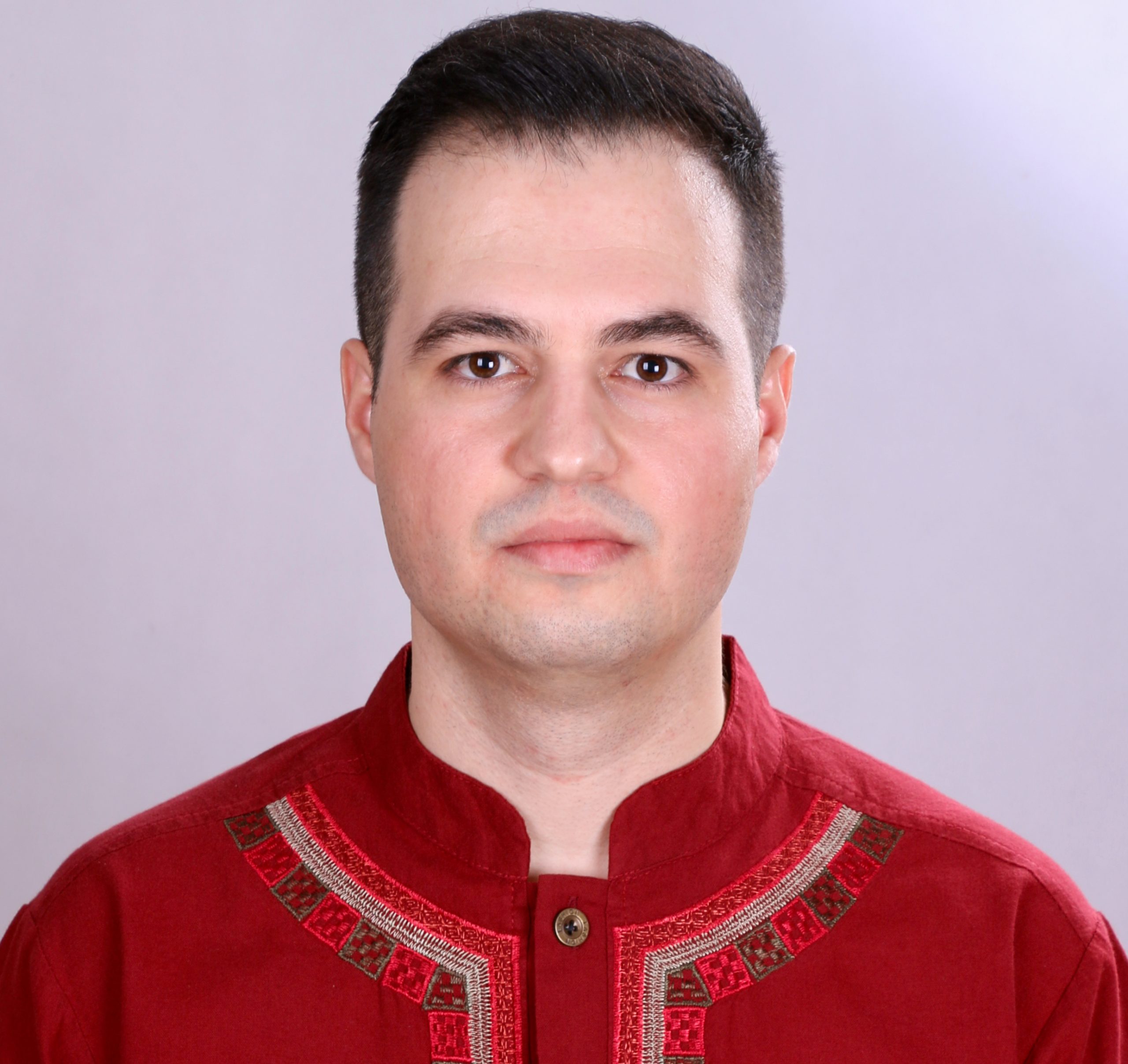 Hamid Rahimian Kalatehbali, ASIC Design Hamid Kalatehbali is currently a MASc student in the department of Electrical and Computer Science at York University. He obtained his M.Sc and B.Sc degrees both in computer engineering from Isfahan University of Technology and Mazandaran University of Science and Technology, respectively. His research interests are primarily in the fields of computer architecture and ultra-low power embedded systems with a focus on the efficient implementation of deep learning algorithms on embedded computing platforms. |
Undergraduate Research Students
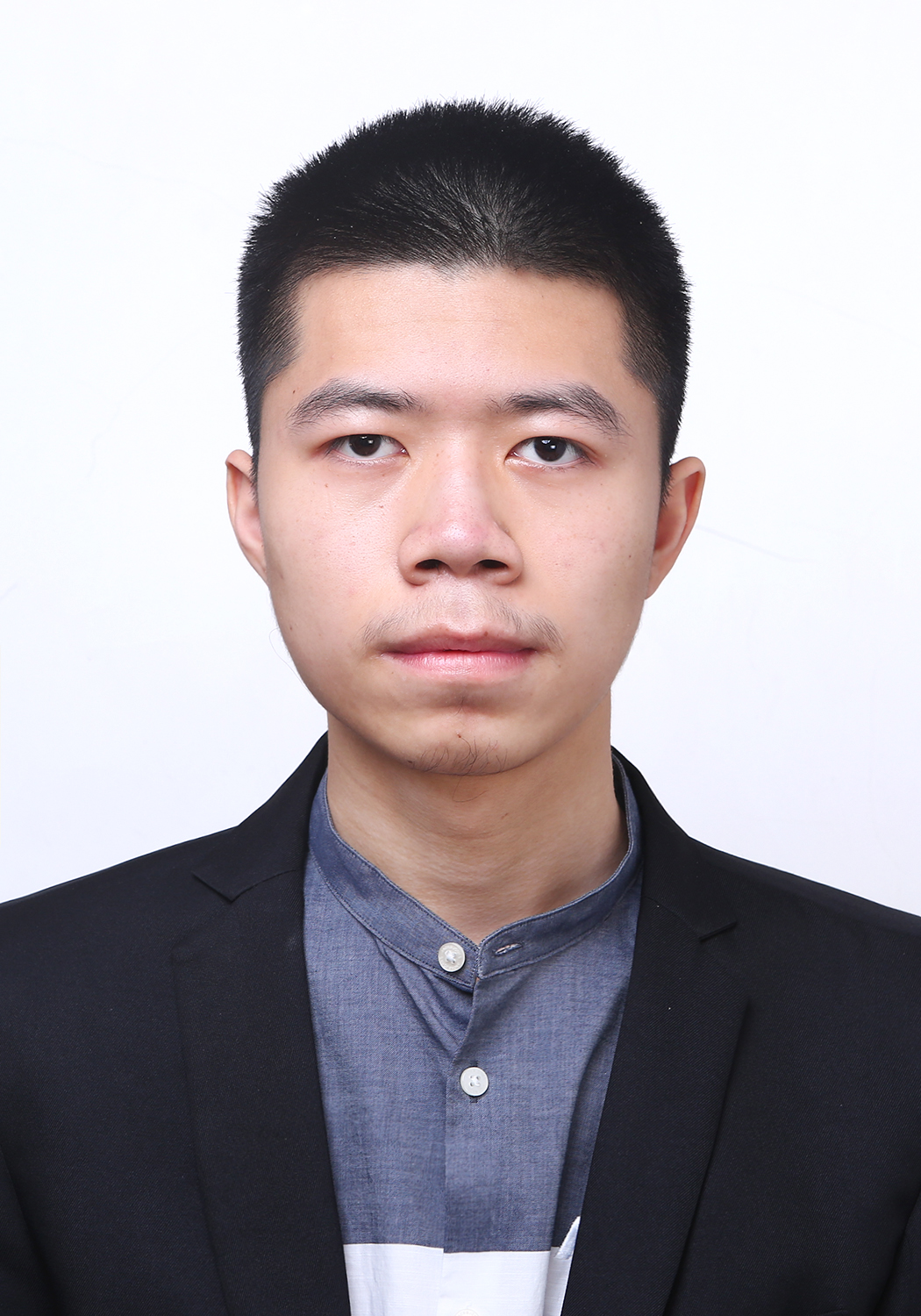 Hao You, Mixed-Signal Design My name is Hao You, and I am currently a third-year student at the University of Toronto majoring in Electrical engineering. I’ve started research on microelectronics under the supervision of Prof. Amirsoleimani for about a year. My main focuses now are on hardware acceleration through resistive memory and high-performance ADC. My current first and second projects mainly involve applying existing resistive memory devices on ADC by creating new hybrid ADC architecture to achieve high performance. |  Xuening Dong, AI Hardware My name is Xuening Dong and I am a first-year Master’s student at McGill University studying Electrical and Computer Engineering. I obtained my B.A.Sc Degree in Computer Engineering at the University of Toronto. The research work that I conducted under the supervision of Dr. Amirsoleimani focuses on harnessing the stochastic nature of memristive devices, performing numerical computations over memristive crossbars, and acceleration of in-situ training for deep neural networks. |  Timothy Zhang, Neuromorphic Engineer My name is Tim (Timothy) and I am currently a final-year student at McGill university studying Bioengineering! I have been researching under the supervision of Prof. Amirsoleimani for almost 2 years, specializing in algorithm-hardware co-optimized designs for biomedical applications. My first project involves using in-memory-computing technologies to achieve ultra-efficient spike sorting, and My second project involves designing a neuromorphic autoencoder for single-cell RNA sequencing data processing. |
 Hao You, Mixed-Signal Design My name is Hao You, and I am currently a third-year student at the University of Toronto majoring in Electrical engineering. I’ve started research on microelectronics under the supervision of Prof. Amirsoleimani for about a year. My main focuses now are on hardware acceleration through resistive memory and high-performance ADC. My current first and second projects mainly involve applying existing resistive memory devices on ADC by creating new hybrid ADC architecture to achieve high performance. | ||
 Muhammad Ahsan Kaleem, AI Hardware My name is Muhammad and I am currently in my third year of Engineering Science at UofT, majoring in Machine Intelligence and pursuing minors in Math and Robotics. I have been doing research under the supervision of Dr. Amirali Amirsoleimani since the summer of this year, and I have worked on 2 projects so far and am currently continuing work for a new one. Both of the projects that I have worked on so far involved researching ways of improving performance of memristive neural networks with non-idealities, by utilizing techniques such as ensemble methods and novel loss functions. |  Tony Liu, AI Hardware My name is Tony Liu and I am currently a fourth year student in the Engineering Science program at the University of Toronto specializing in Machine Intelligence. I have been working with Dr. Amirsoleimani for over two years in memristor crossbar software-hardware co design. In first project, I developed an optimization scheme for adjusting the input voltage pulse to minimize the degradation of the memristor crossbar’s memory and increase system longevity. In my second project, I created an stochastic input encoding to reduce the input voltage range and power consumption of the memristor crossbar system. | 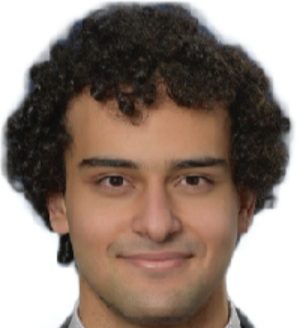 Ali Al-Sharaawi, AI Hardware My name is Ali Al-Sharaawi third year undergraduate at the University of Toronto’s department of electrical and computer engineering. I have been working with Dr. Amirsoleimani for almost two years on development of co-hardware and software design. We developed a novel pruning algorithm for memristor crossbars to develop more efficient AI. In our recent work, we proposed a scheme that leverages singular value decomposition and low-rank approximation to generate all vectors needed to program a CNN onto a memristor crossbar-based accelerator. |
